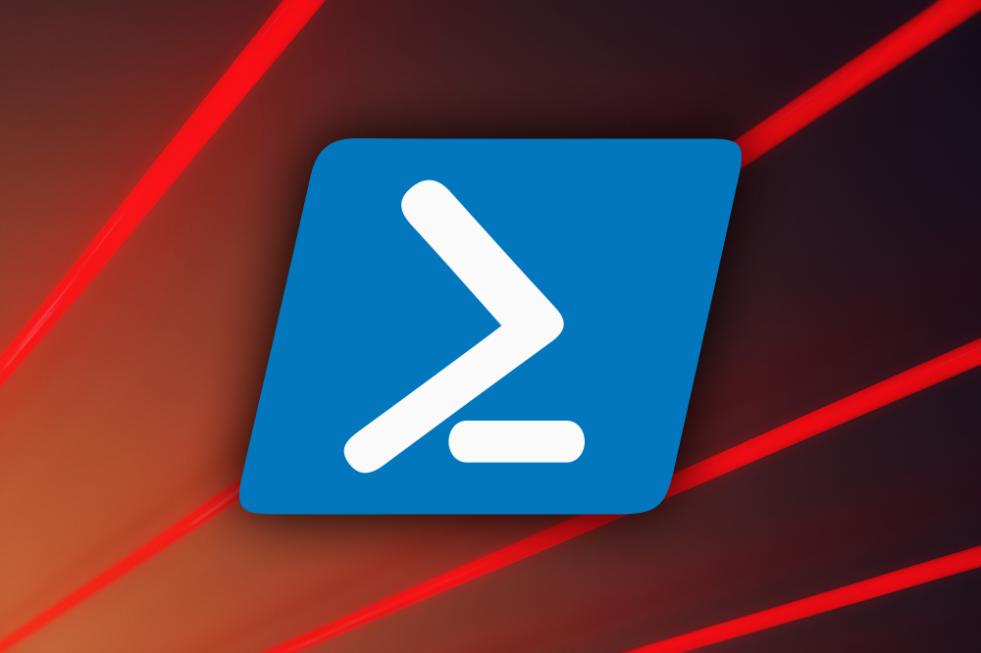How Can I Use Commandline PowerShell to Configure Network Settings?
In the realm of network administration, command-line PowerShell emerges as a versatile and powerful tool, enabling IT professionals to efficiently manage and configure network settings. PowerShell's scripting capabilities and extensive cmdlet library provide a comprehensive solution for automating complex network tasks, enhancing productivity, and ensuring consistent configurations.

Understanding The Basics
PowerShell cmdlets serve as the building blocks for network configuration tasks. These cmdlets are specialized commands designed to perform specific actions, such as retrieving network information, modifying IP addresses, and managing network adapters. The syntax of PowerShell cmdlets follows a consistent pattern, with the cmdlet name followed by parameters and their values enclosed in parentheses.
Common Network Configuration Tasks With PowerShell
PowerShell offers a wide range of cmdlets for performing common network configuration tasks. These include:
- Getting Network Information: Cmdlets like Get-NetAdapter and Get-NetIPConfiguration provide detailed information about network adapters, IP addresses, and DNS settings.
- Configuring IP Addresses: Set-NetIPConfiguration cmdlet enables administrators to assign static IP addresses, subnet masks, and default gateways to network adapters.
- Managing Network Adapters: Enable-NetAdapter and Disable-NetAdapter cmdlets allow for enabling and disabling network adapters, respectively.
- Setting Up DNS Servers: Set-DnsClientServerAddress cmdlet facilitates the configuration of DNS servers for resolving domain names to IP addresses.
- Troubleshooting Network Issues: Cmdlets like Test-Connection and Ping assist in diagnosing network connectivity problems and identifying potential issues.
Advanced PowerShell Techniques
PowerShell offers advanced techniques for automating and extending network management capabilities.
- Using PowerShell Scripts for Automation: PowerShell scripts enable administrators to automate repetitive network configuration tasks, reducing manual effort and minimizing errors.
- Leveraging PowerShell Modules: Modules extend PowerShell's functionality by providing additional cmdlets and commands. The NetTCPIP module, for instance, offers advanced network configuration capabilities.
- Working with Remote Computers: PowerShell remoting allows administrators to manage network settings on remote systems, simplifying the administration of distributed networks.
Best Practices And Security Considerations
When configuring network settings with PowerShell, it is essential to adhere to best practices and security considerations to ensure network integrity and security.
- Use Elevated Privileges: Network configuration tasks often require elevated privileges. Use the "Run as Administrator" option to elevate PowerShell's privileges.
- Maintain Proper Documentation: Document all network changes made using PowerShell. This documentation serves as a valuable reference for troubleshooting and auditing purposes.
- Regular Security Audits: Conduct regular security audits to identify potential vulnerabilities and ensure network integrity.
Command-line PowerShell empowers network administrators with a powerful tool for configuring and managing network settings. Its extensive cmdlet library, scripting capabilities, and advanced techniques provide a comprehensive solution for automating tasks, enhancing productivity, and ensuring consistent configurations. By leveraging PowerShell's capabilities, administrators can streamline network management, improve efficiency, and maintain a secure network infrastructure.
To further enhance your knowledge and skills in using PowerShell for network configuration, explore additional resources such as Microsoft's official documentation, online tutorials, and community forums. Continuous learning and exploration will enable you to unlock the full potential of PowerShell and become a proficient network administrator.
YesNo

Leave a Reply